Nintendo was founded on September 23, 1889, by Fusajiro Yamauchi in Kyoto, Japan. Originally, the company produced handmade Hanafuda playing cards, used for traditional Japanese card games. The name “Nintendo” roughly translates to “leave luck to heaven”, reflecting the company’s origins in chance-based games.

The Early Years
The first Hanafuda cards were crafted from mulberry paper and beautifully decorated. As their popularity grew, Yamauchi found success in a market previously dominated by Western-style playing cards. By the early 20th century, Nintendo had established itself as a leading card manufacturer in Japan.
In 1929, the company began focusing on innovative card designs, but the Great Depression impacted the card market. In an effort to diversify, Nintendo ventured into various industries, including a brief foray into the taxi business and a food company that made instant rice. However, these ventures were not successful.
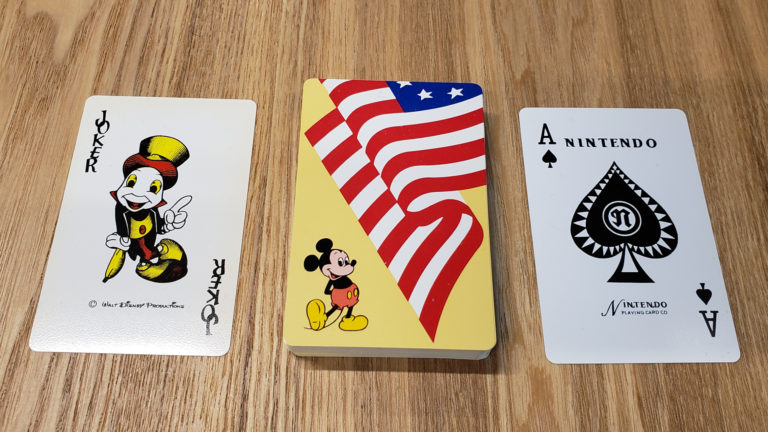
A Key Partnership
In 1959, Nintendo formed a partnership with The Walt Disney Company to produce licensed playing cards featuring Disney characters. This collaboration was significant, allowing Nintendo to tap into the popular culture of the time and further solidify its reputation in the card industry. This partnership laid the groundwork for Nintendo’s eventual expansion into entertainment and gaming, showcasing its ability to innovate and adapt to new markets.
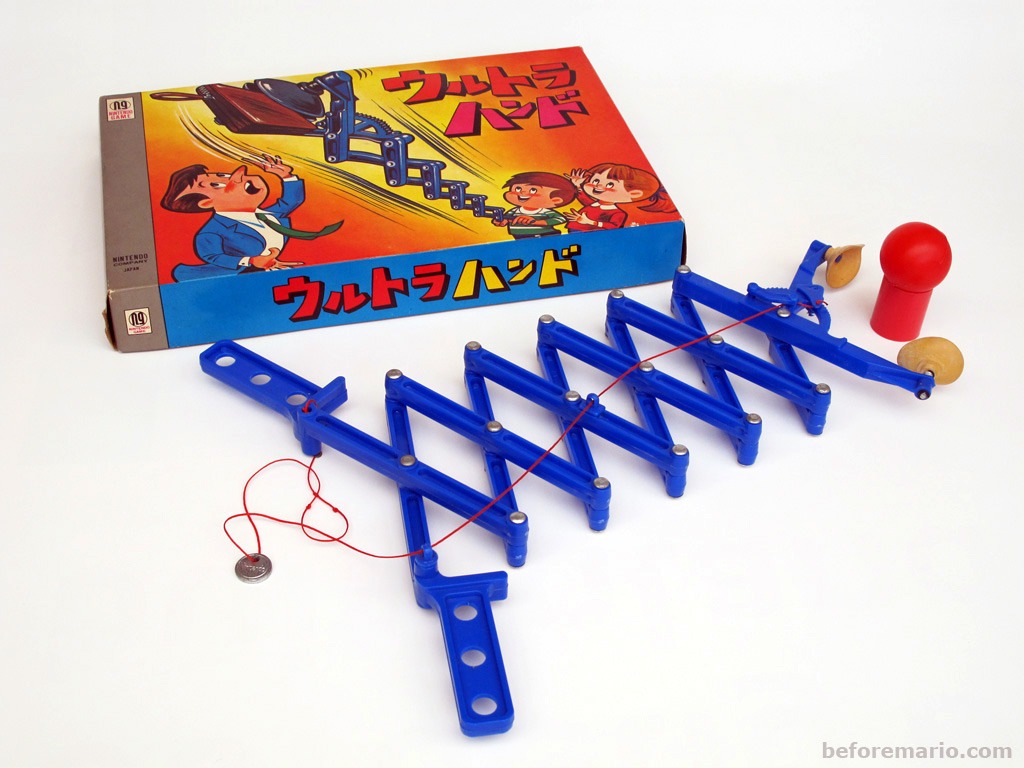
Obscure Products: A Creative Streak
Before becoming a gaming giant, Nintendo dabbled in various ventures that are now little-known but showcase its innovative spirit. One such product was the “Ultra Hand”, a toy designed by Gunpei Yokoi in 1966. This extendable grabbing tool was a hit in Japan and marked Nintendo’s entry into toy manufacturing.
In 1970, Nintendo released the “Love Tester”, a novelty device that supposedly measured the romantic compatibility of couples. These quirky products reflected Nintendo’s willingness to experiment before finding its niche in video gaming.
Entering the Gaming World
By the 1960s, under the leadership of Hiroshi Yamauchi, Nintendo shifted its focus to electronics and games. In 1966, Nintendo released its first video game, “EVR Race”, an arcade game that allowed players to bet on horse races. This marked the company’s first foray into the burgeoning gaming industry.
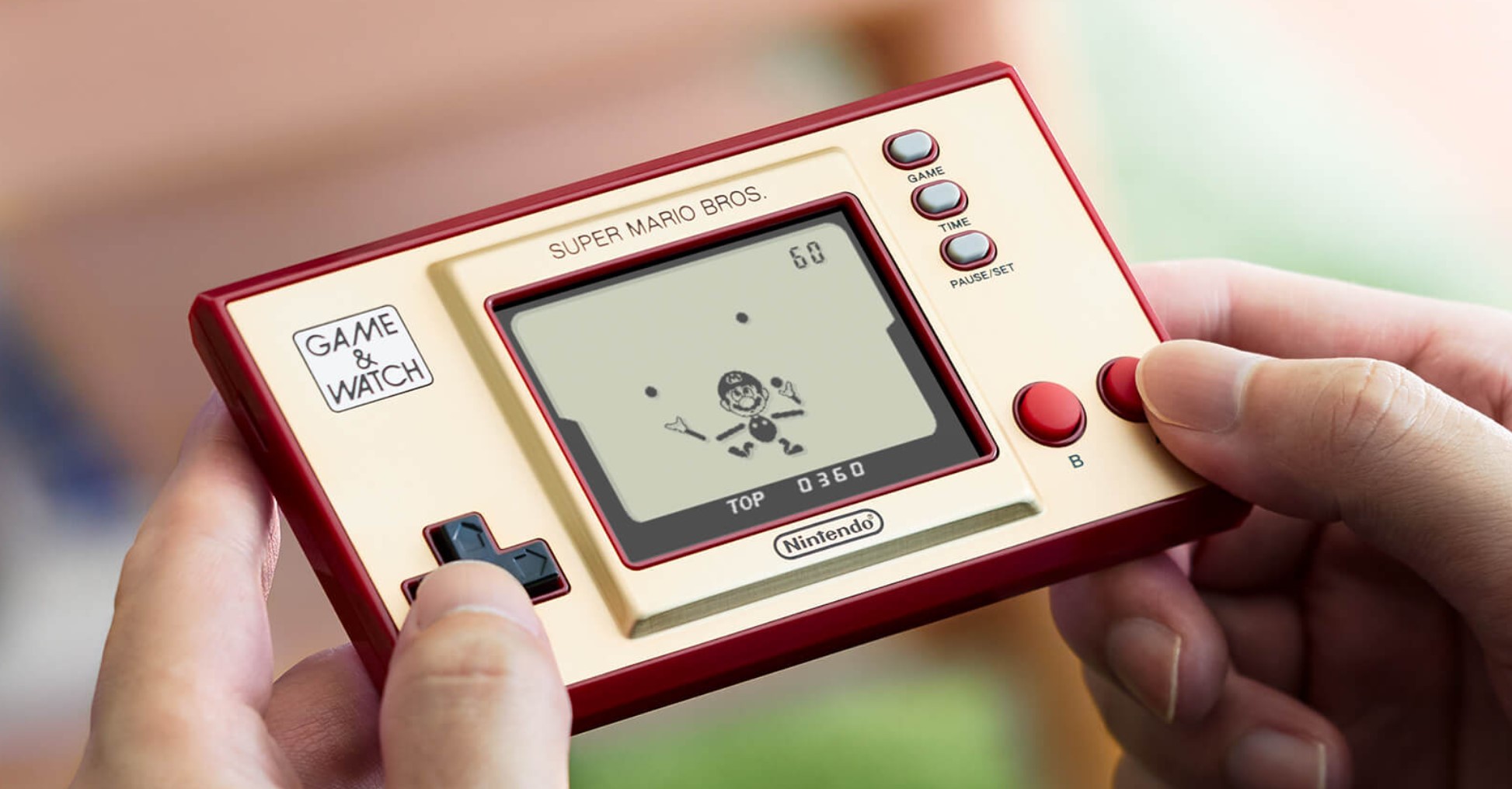
The Game & Watch Era
In 1980, Nintendo introduced the Game & Watch series, a line of handheld electronic games designed by Gunpei Yokoi. These compact devices featured simple LCD screens and a single game on each unit. The first game, “Ball”, set the stage for a series that would ultimately consist of 59 different games over the following years.
The Game & Watch devices were groundbreaking for their portability and ease of use, appealing to a wide audience. Each device also featured a clock and an alarm, making them practical everyday items. This innovation not only set the foundation for future handheld gaming but also showcased Nintendo’s commitment to creativity and gameplay mechanics.
The success of the Game & Watch series was instrumental in transitioning Nintendo into the realm of portable gaming, paving the way for later devices like the Game Boy.
The release of “Donkey Kong” in 1981 was a pivotal moment for Nintendo. This arcade game introduced the world to Mario, originally known as Jumpman, who would go on to become one of the most recognizable characters in gaming history. The success of Donkey Kong propelled Nintendo into the spotlight and laid the groundwork for its future endeavors.
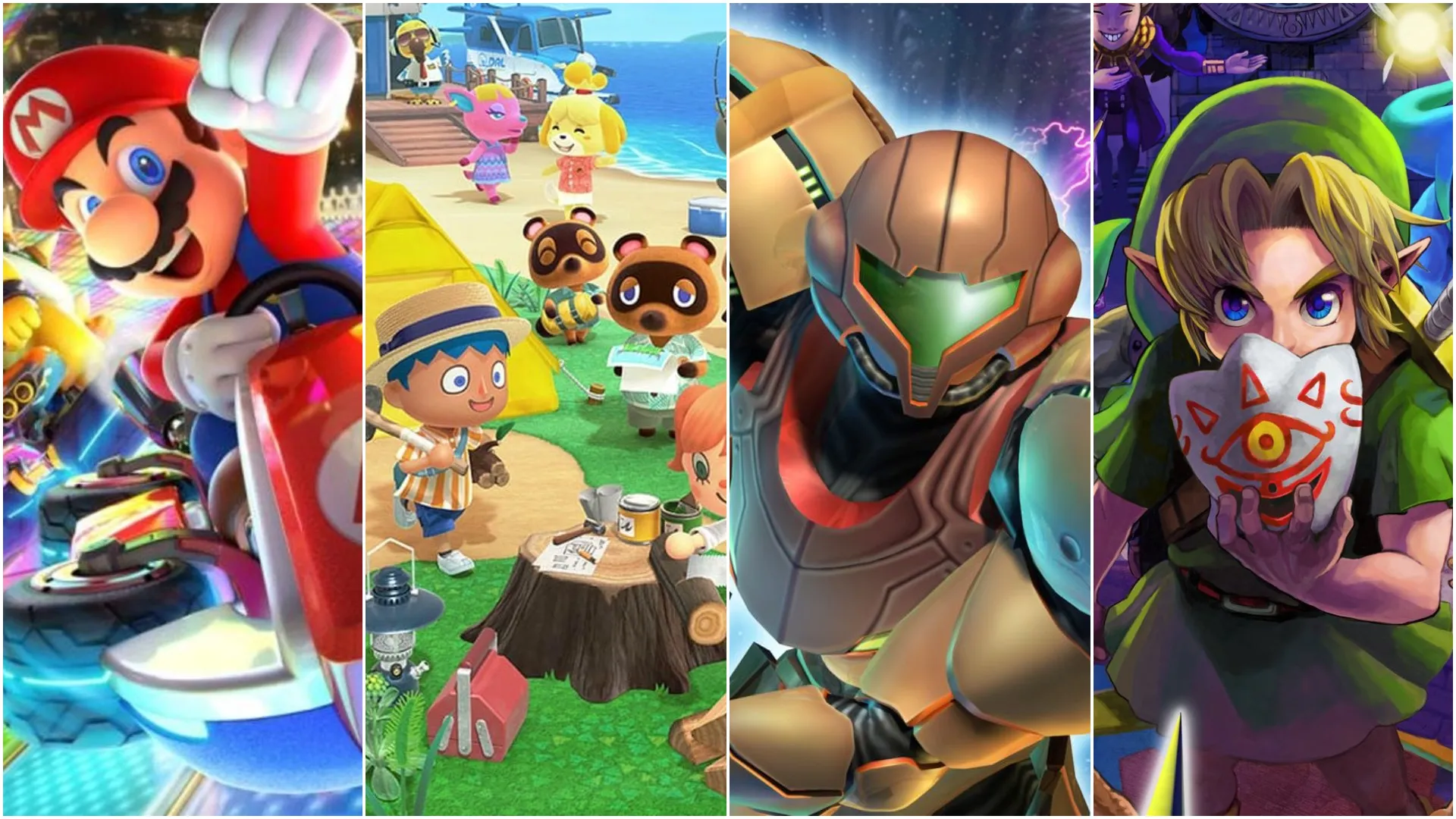
The Home Console Revolution
In 1983, Nintendo launched the Famicom (Family Computer) in Japan, which later became known as the Nintendo Entertainment System (NES) in North America in 1985. The NES revolutionized home gaming, introducing iconic titles like “Super Mario Bros.” and “The Legend of Zelda.” The console helped revitalize the gaming industry following the crash of 1983, establishing Nintendo as a major player in home entertainment.
The success of the NES paved the way for the Super Nintendo Entertainment System (SNES) in 1990. With enhanced graphics and sound, the SNES continued to build on the legacy of its predecessor, featuring beloved franchises like “Kirby,” “Metroid,” and “Final Fantasy.”
3D Gaming and the Rise of New Consoles
In 1996, Nintendo entered the 3D gaming era with the release of the Nintendo 64. With groundbreaking titles like “Super Mario 64” and “The Legend of Zelda: Ocarina of Time”, the N64 set new standards for 3D gameplay and level design. Despite its innovative approach, it faced tough competition from Sony’s PlayStation, which dominated the market in the late 1990s.
In 2001, Nintendo introduced the GameCube, a compact console that featured a unique disc format and a lineup of critically acclaimed games, including “Super Smash Bros. Melee” and “Metroid Prime.” While the GameCube did not achieve the same commercial success as its competitors, it retained a loyal fanbase.
The Revolution of Motion Controls
In 2006, Nintendo made a bold move with the launch of the Wii, a revolutionary console that utilized motion-sensing controls. The Wii appealed to a broad audience, from casual gamers to families, thanks to its innovative gameplay experiences. Titles like “Wii Sports” and “Mario Kart Wii” became instant classics and brought gaming into living rooms worldwide.
Following the Wii’s success, Nintendo released the Nintendo 3DS in 2011, a handheld console featuring glasses-free 3D technology. The 3DS showcased popular franchises such as “Pokémon” and “The Legend of Zelda”, proving Nintendo’s ability to innovate in both home and portable gaming.
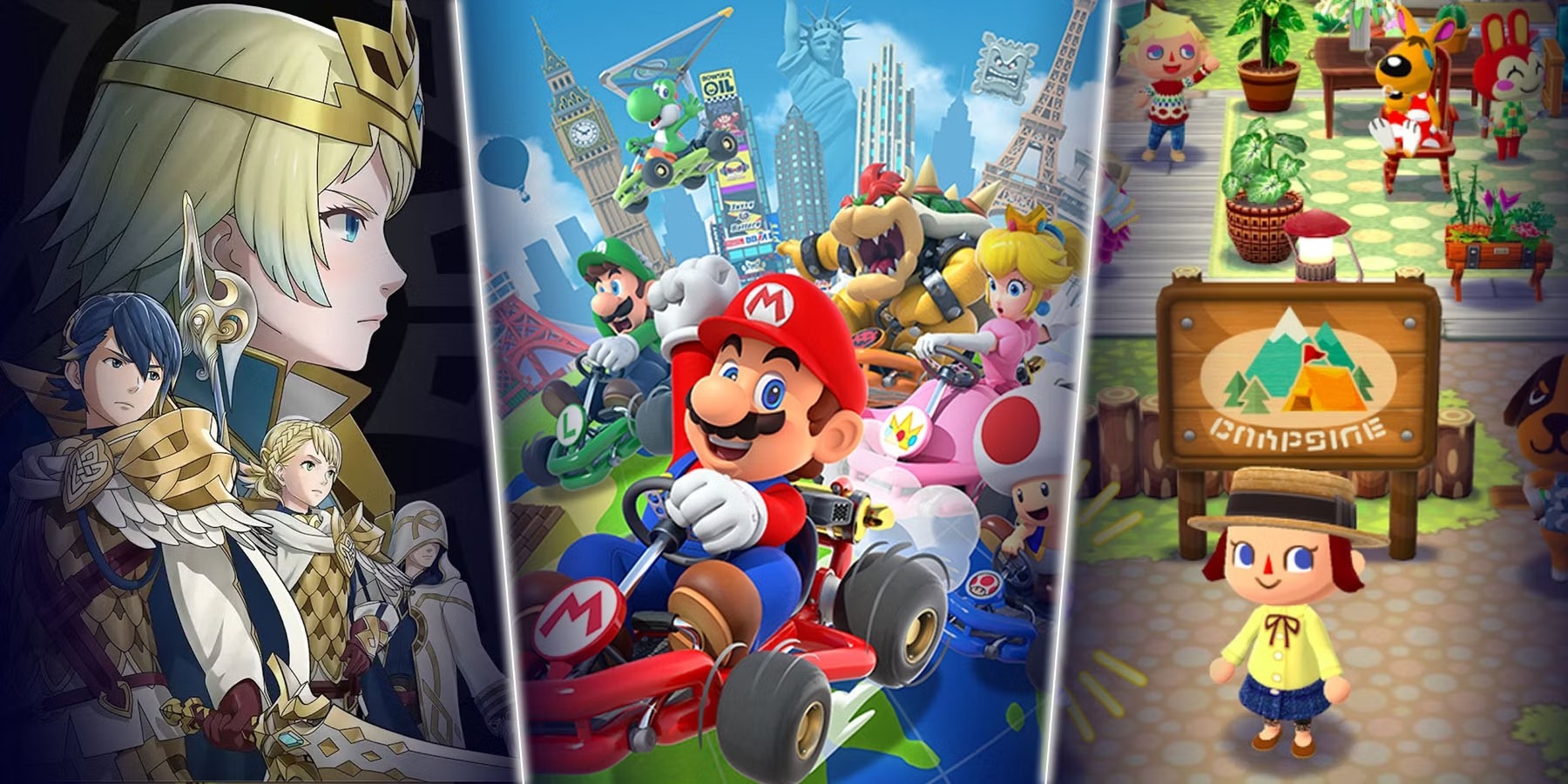
The Mobile Incursion
In recent years, Nintendo has made significant strides in the mobile gaming market, recognizing the potential of smartphones to reach a wider audience. This shift began with “Miitomo” in 2016, a social app featuring customizable avatars. However, it was subsequent releases like “Pokemon Go,” “Super Mario Run,” and “Animal Crossing: Pocket Camp” that truly captured attention. “Pokemon Go” revolutionized mobile gaming with augmented reality, while “Super Mario Run” adapted classic platforming for touch screens. “Animal Crossing: Pocket Camp” allowed players to create virtual getaways on the go. Together, these titles expanded Nintendo’s reach and transformed gaming engagement, leaving fans eager for new adventures.
Modern Era
In 2017, Nintendo launched the Nintendo Switch, a hybrid console that can be used as both a home console and a portable device. The Switch quickly became a global phenomenon, offering a diverse library of games, including “The Legend of Zelda: Breath of the Wild” and “Animal Crossing: New Horizons.” The console’s versatility and innovative design have allowed it to dominate the market, appealing to gamers of all ages.
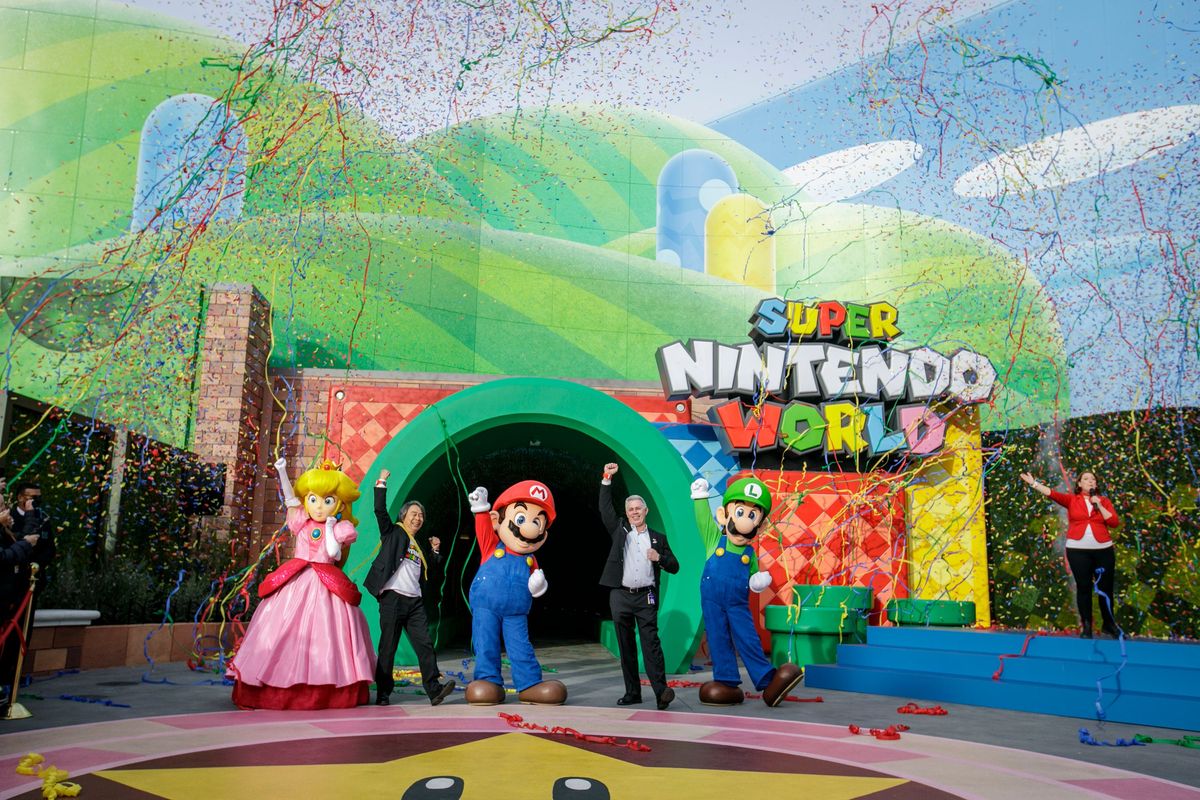
Super Nintendo World
In recent years, Nintendo has expanded its influence beyond gaming into the theme park industry with the opening of Super Nintendo World. The first location debuted at Universal Studios Japan in February 2021, bringing the colorful, immersive world of Nintendo games to life. The park features attractions based on beloved franchises, including “Mario Kart: Koopa’s Challenge” and “Yoshi’s Adventure.”
Super Nintendo World emphasizes interactive experiences, allowing guests to engage with the environment using Power-Up Bands, which track scores and achievements as visitors explore the park. The vibrant design and attention to detail create an unforgettable experience for fans of all ages. Plans for Super Nintendo World have also been announced for Universal Studios Hollywood, Universal Orlando Resort, and other international locations, signifying Nintendo’s commitment to expanding its brand into new arenas of entertainment.
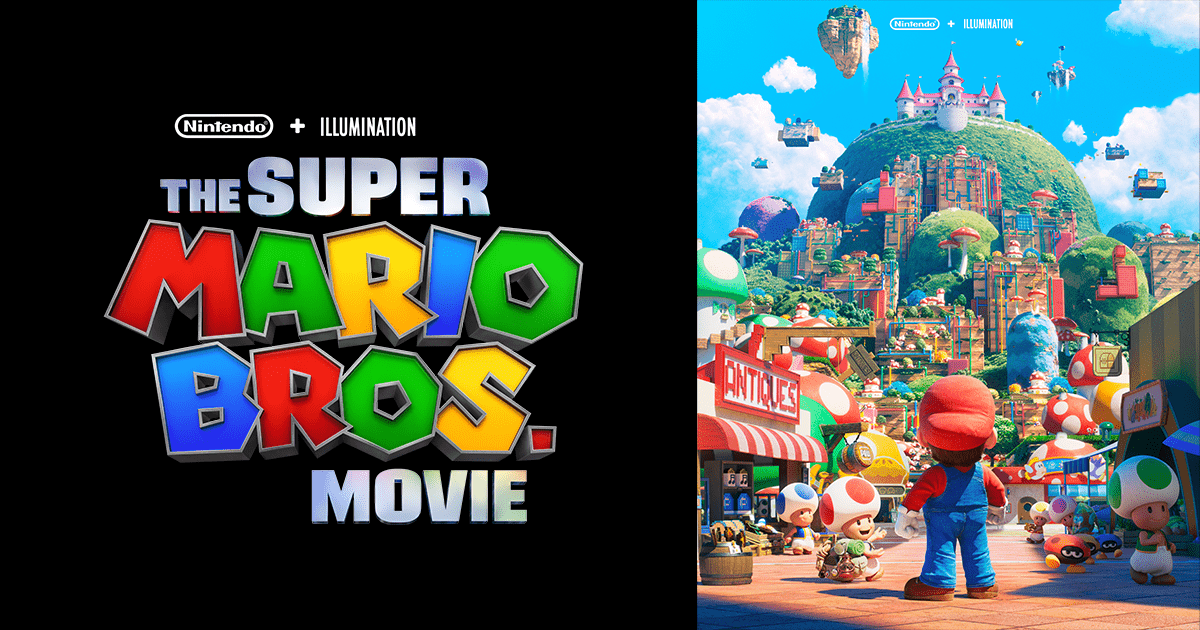
Nintendo and Illumination Studios
In addition to theme parks, Nintendo has ventured into the realm of animated films through a partnership with Illumination Entertainment, the studio behind hits like “Despicable Me” and “Minions.” This collaboration aims to bring Nintendo’s beloved characters and worlds to the big screen. The first project, “The Super Mario Bros. Movie,” was released in April 2023 and received significant attention from fans and critics alike.
The film features a star-studded cast, including Chris Pratt as Mario and Anya Taylor-Joy as Princess Peach, and aims to capture the charm and humor of the games while appealing to both longtime fans and newcomers. The collaboration with Illumination represents Nintendo’s commitment to expanding its storytelling reach and introducing its iconic characters to new audiences.
Conclusion
From its origins as a playing card company to its status as a global gaming leader, Nintendo’s journey is a testament to innovation and adaptability. The company’s commitment to creating fun, engaging experiences has not only shaped the gaming industry but also influenced popular culture worldwide.
Whether you’re a lifelong fan or a newcomer to the world of Nintendo, the company’s rich history and iconic products provide endless stories and experiences to explore. Keep an eye on Nintendo as they continue to innovate and create, ensuring that their legacy lives on in the hearts of gamers everywhere.
